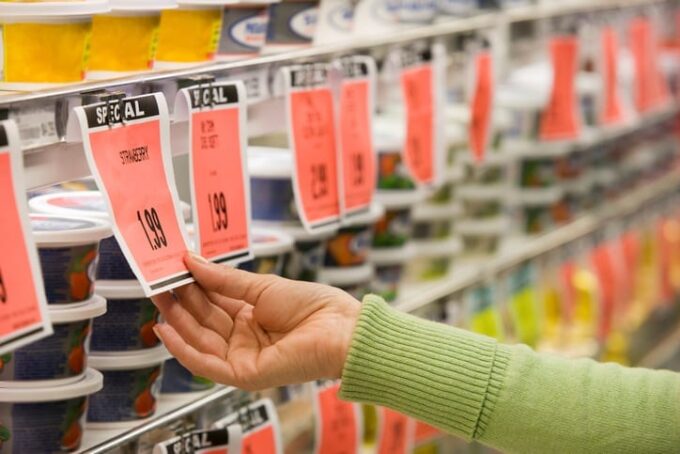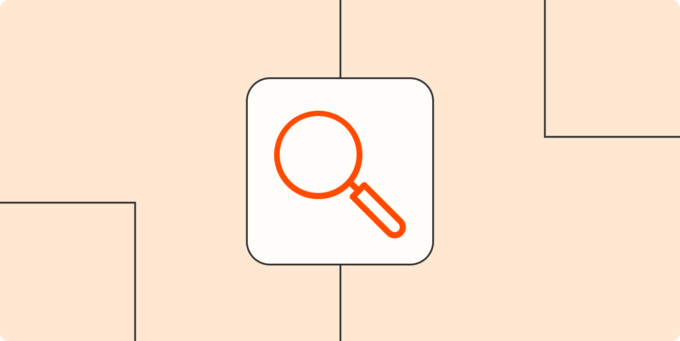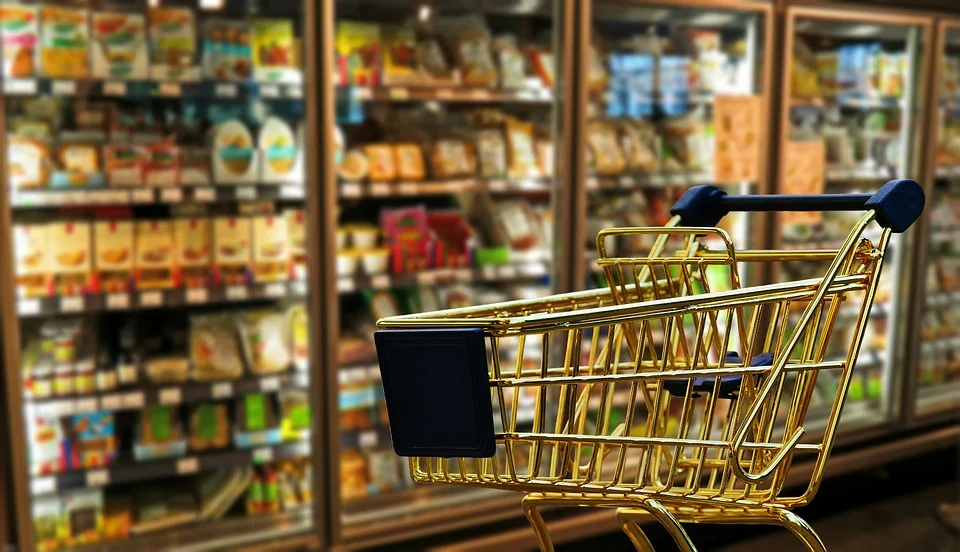In the bustling world of grocery retail, one strategy stands out among the rest: competitive pricing. This strategy not only attracts customers but also drives sales and profitability.
This article will dive deep into competitive pricing in grocery retail, exploring its importance, benefits, and how it can be effectively implemented. Read on to learn the details.
Understanding the Importance of Competitive Pricing
Competitive pricing in grocery retail is a crucial driver of business growth. It’s not just about setting the right prices—it’s about understanding your customers, knowing your competition, and leveraging this knowledge to drive sales and profitability. Let’s explore why competitive pricing is so crucial.
Customer Attraction and Retention

- Value Perception: Customers always seek the best value for their money. They perceive stores with competitive pricing as offering better value, which attracts them to shop more frequently at these stores.
- Customer Loyalty: Customers tend to stick around when they find consistently competitive prices at a store. This customer loyalty can lead to increased sales and profitability over time.
Impact on Sales and Profitability
- Increased Sales: Competitive pricing can attract customers and prompt them to buy more, increasing sales. It’s a simple equation—the more customers you attract with competitive pricing, the more sales you make.
- Profitability: While it may seem counterintuitive, competitive pricing can boost profitability. By attracting more customers and driving up sales volumes, businesses can achieve higher overall profits—even if individual product margins are lower.
Standing Out in the Market
- Differentiation: In a crowded market, competitive pricing can help a grocery retailer stand out. It can serve as a unique selling proposition that differentiates the retailer from competitors.
- Market Positioning: Effective competitive pricing can also help a retailer position itself. It can send a strong message about the retailer’s commitment to offering value to its customers, reinforcing its market position.
In essence, competitive pricing in grocery retail is a powerful strategy that can drive customer attraction and retention, boost sales and profitability, and enhance market positioning. It’s a tool that no grocery retailer can afford to ignore.
The Role of Omnichannel Data in Competitive Pricing

Enter omnichannel data—a powerful tool that fuels growth in the highly competitive grocery retail industry. This type of data provides valuable insights into customer behavior across multiple channels, ranging from brick-and-mortar stores to online platforms and everything in between.
By effectively harnessing and analyzing omnichannel data, businesses can make informed decisions about competitive pricing strategies in the grocery sector, ensuring they stay ahead of the curve and maximize their market share.
The Power of Accurate Product Matching
Accurate product matching involves comparing your products with those in competitors’ catalogs. It’s a powerful tool in the world of competitive pricing in grocery. Here’s why:
- Price Comparison: It allows you to compare prices directly, ensuring you’re not overpricing or underpricing your products.
- Value Proposition: Accurate product matching helps highlight your value proposition, showing customers they’re getting the best deal.
- Competitive Edge: You can gain a competitive edge by matching and possibly undercutting competitor prices.
- Customer Retention: If customers realize they get the best prices from you, they are likelier to stick around.
- Profitability: While offering the best prices, you also ensure your profit margins aren’t compromised.
In essence, accurate product matching is essential to competitive pricing in grocery retail, offering numerous benefits.
The Impact of Real-Time, Localized Competitive Pricing

Did you know that prices can vary within the same city? This is where intraday, zip-code-specific competitive pricing comes into play.
This strategy allows businesses to adjust their prices based on the time of day and location, ensuring they remain competitive in different geographical areas. It’s another powerful tool in the arsenal of competitive pricing in grocery.
Strategies for Identifying Competitive Assortment Gaps
Identifying competitive assortment gaps is crucial in setting effective pricing strategies. Here are some strategies to do so:
- Market Research: Conduct thorough market research to understand what products your competitors offer and which ones are missing from your range.
- Customer Feedback: Listen to your customers. They can provide valuable insights into what products they’d like to see in your assortment.
- Sales Analysis: Analyze your sales data. Low-performing or non-performing items may indicate an assortment gap.
- Competitor Analysis: Regularly review your competitor’s product range. Look for popular or unique items that you don’t carry.
- Trend Tracking: Stay updated with industry trends. New or trending products can fill potential assortment gaps.
By identifying and filling assortment gaps, you can offer a more competitive product range, attract customers, and increase sales.
Importance of Monitoring Competitor Promotions Across Geographies

Keeping a vigilant eye on competitor promotions across various locations is crucial and integral to implementing effective competitive pricing strategies in the grocery industry. This proactive approach empowers businesses to gain valuable insights into their competitors’ offerings.
This enables them to make informed pricing adjustments and stay competitive. Companies can fine-tune their pricing strategies by consistently monitoring and analyzing competitor promotions, optimizing profit margins, and enhancing their market position.
Utilizing Technology & E-Commerce In Competitive Pricing
Technology plays an increasingly critical role in driving and optimizing pricing strategies in the grocery retail industry. By leveraging advanced technologies, businesses can efficiently collect, analyze, and track store-level price and in-stock data, gaining valuable insights into consumer behavior and market trends. This enables them to make data-driven decisions and adapt their pricing strategies in real-time to stay ahead of the competition.
Technology offers robust protection measures, such as automated alerts and notifications, to safeguard pricing strategies and ensure businesses maintain a competitive edge in the ever-evolving retail landscape. With technology as a powerful ally, grocery retailers can enhance their pricing capabilities, improve profitability, and deliver greater value to their customers.
E-commerce data is another powerful tool in the world of competitive pricing. It provides insights into online sales, customer behavior, and market trends. By incorporating e-commerce data into their strategy, grocery retailers can make informed pricing decisions, ensuring they remain competitive physically and online.
Harnessing the Power of Competitive Pricing in Grocery: The Key to Success
Competitive pricing in grocery retail is not just about offering the lowest prices—it’s about understanding the market, leveraging data, and making strategic decisions.
By implementing the strategies discussed in this article, businesses can stay ahead in the competitive landscape, driving sales, customer retention, and profitability. Remember, in the world of grocery retail, competitive pricing is the key to success.









